Dr Phil Smith
This month was the 3rd dullest October on record and, although slightly warmer than average, it was relatively dry for a month that is normally one of the wettest. Rachael Parks recorded 82 mm of rain, which is about 20% lower than expected. Most notable were a named storm (Amy) on 3rd that deposited 25 mm of rain in Formby, followed by nearly two weeks of dry ‘anticyclonic gloom’. Unsurprisingly, the sand-dune water-table hardly altered.
The mainly cloudy conditions, coupled with the lateness of the season, meant that insects were generally thin on the ground, though a favourite walk on the outskirts of Formby on 1st produced a close-knit group of six Dock Bugs, while I ‘swept’ eight Hawthorn Shieldbugs and twelve Parent Shieldbugs from Alder trees. As in September, several visits were made to flowering patches of Ivy along the coast but it was disappointingly quiet, apart from the occasional Red Admiral. A couple of highlights were an enormous female Hornet Plumehorn, our largest hoverfly, and an attractive pale orange fly; new to me and possibly Meiosimyza rorida, though there are 56 British members of its family. Another exciting find was an l-album Wainscot, a new moth for the northwest of England that Richard Walker brought round for me to see, having light trapped it at Formby Point on 11th.
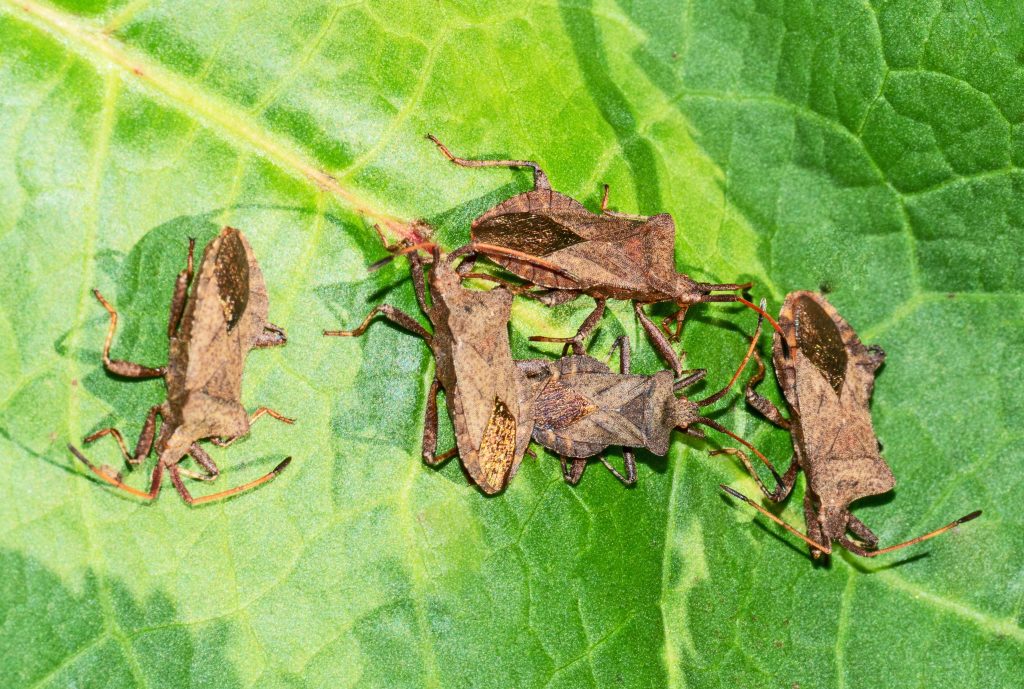
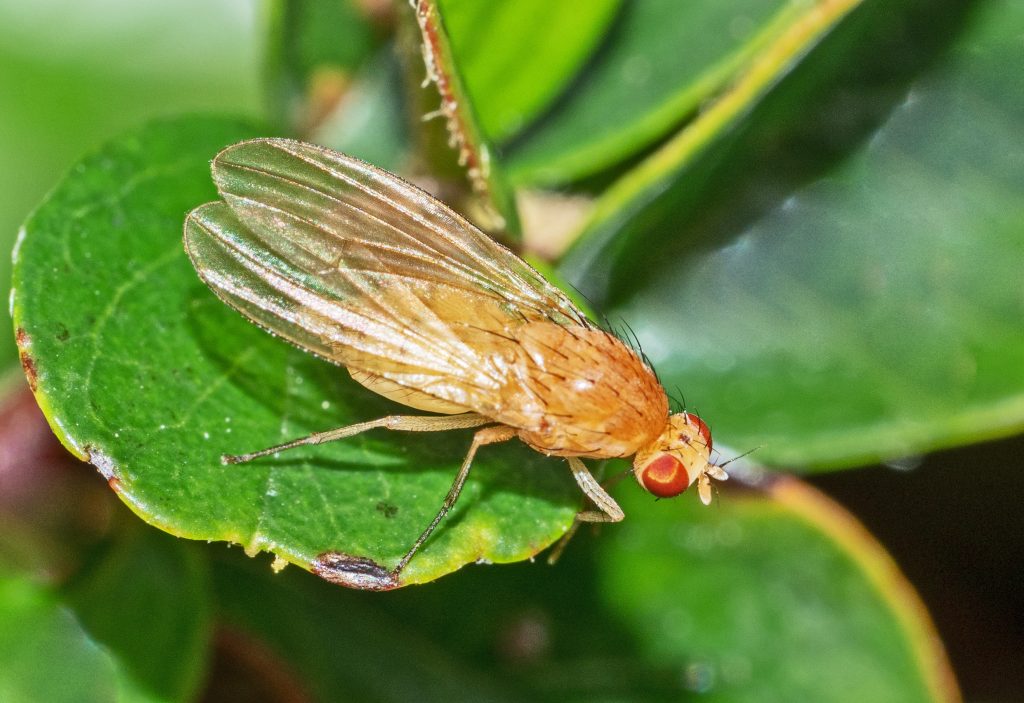
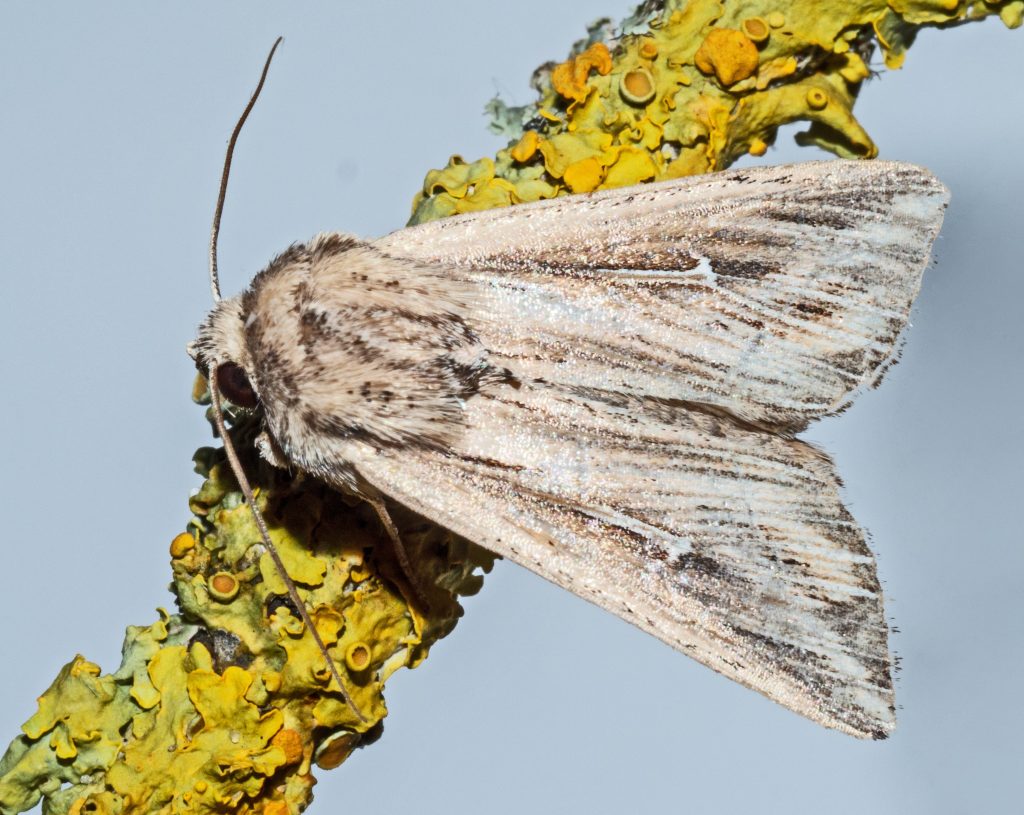
As there were only two Ivy Bees on the Oxford Road, Southport, Ivy on 7th, I decided to call in at RSPB Marshside. Fairclough pool provided a flock of 17 glaringly white Little Egrets; I remember in the early 1970s when this was a great rarity in the district. Nel’s Hide had trapped a large black-and-red ichneumon wasp which I potted and identified as a probable Black Slip Wasp Pimpla rufipes. The female parasitises caterpillars, especially of the Large White butterfly, having injected them with an egg and a chemically complex venom that suppresses the caterpillar’s immune response; nice! A few days later, the same hide looked out on about 500 Black-tailed Godwits, perhaps fresh in from Iceland, and a Black Swan which would be “An escape from a duck zoo” as Eric Hardy used to say. Crossens Outer Marsh was covered in feral Canada Geese; an extraordinary sight. I estimated 2000 but there could have been more. Such numbers are not exceptional these days. Indeed, the October count for the whole of the Ribble Estuary in 2024 was nearly 7000! The UK population of Canada Geese is now estimated at about 190,000. Numbers are continuing to rise nationally, with 130% increase since 1995. Despite being non-native, Canada Geese are legally protected in Britain. Licensed controls are available for reasons of public health and safety, e.g. droppings on playing fields or bird-strike risk, or to prevent serious damage to crops; but these don’t seem to be making much impact on numbers.
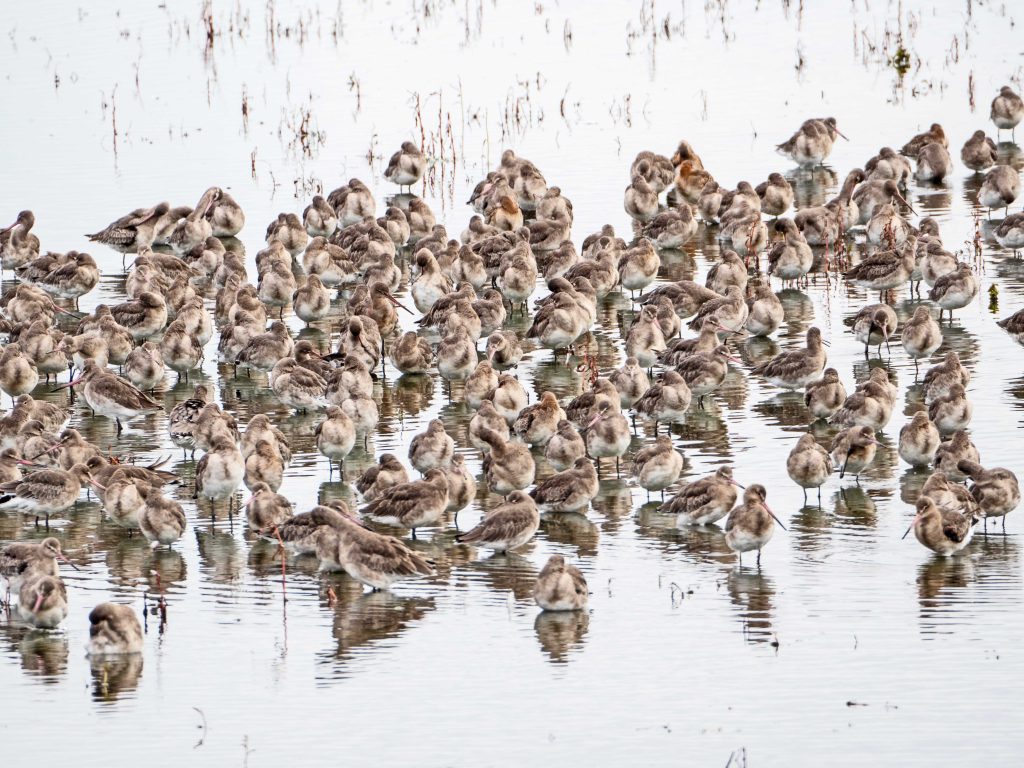
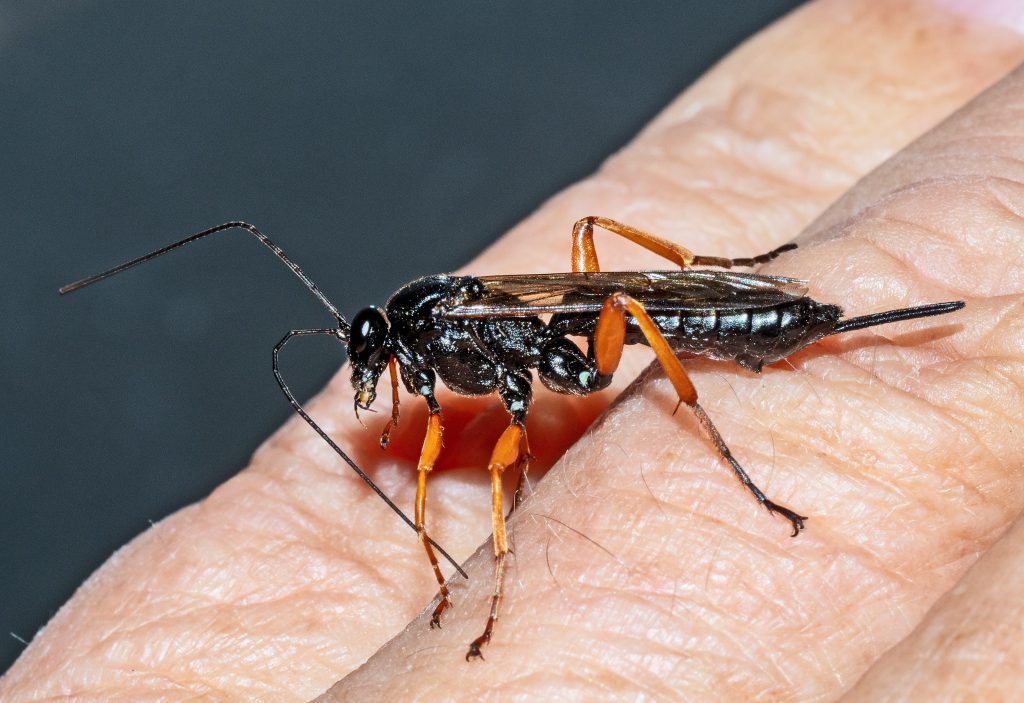
The distinctive chattering call of migrating Fieldfares greeted me as I strolled across the Ravenmeols Local Nature Reserve on 13th. They were accompanied by the plaintive autumn song of the Robin, together with more distant calls overhead of Raven, Buzzard and Great-spotted Woodpecker. According to my notebook, the Ivy was “very quiet” but three Red Admirals were colourful reminders of earlier visits.
Having been on my annual trip to the “Bird Fair” on 18th at the Wildlife Trust Martin Mere, I was driving back past the Windmill Fields when I noticed a number of white birds that weren’t gulls. I pulled over and counted at least 33 Cattle Egrets.This is another recent arrival (climate change?) that has rapidly increased. The Lancashire Bird Report describes “an incredible 39” seen on 1st October last year, also at Martin Mere.
The ‘Buckthorn Bashers’ met for the thirteenth year on the trot to clear invasive Sea Buckthorn and other shrubs in the dunes at Ainsdale. Up to 18 volunteers, including several new recruits, worked for two hours each Thursday. Most afternoons were dry but my influence in high places failed on 30th when we all got rather wet. Green Sefton also began an ambitious programme of scrub clearance in several areas of duneland, including the northern Birkdale frontals where, despite good work in recent years, there is a huge backlog of scrub to deal with.
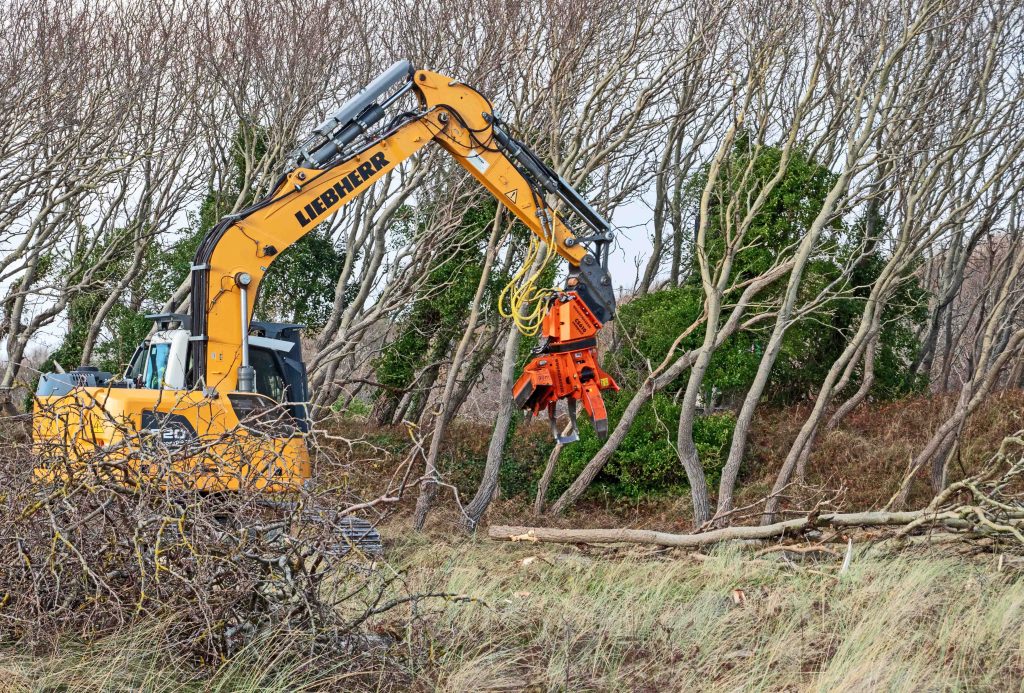
I joined a guided walk on 28th to discuss the introduction of ‘no-fence’ cattle grazing on the National Trust’s Ravenmeols dunes. The idea is to have a pilot on a small area, where some very placid English Longhorns will be equipped with the latest technology that encourages them to graze a pre-determined area, without the need for expensive and visually intrusive fencing. Owned by the Lancashire Wildlife Trust, these impressive beasts are used to people and hopefully won’t be spooked by dogs. They will do the job that Aurochs did in the distant past and Rabbits more recently. I was pleased to see two large machines removing Grey Poplar on the inner dunes near Albert Road. While walking over the Falklands Way dunes at Ainsdale, I noticed that there were still some small Rabbit warrens, despite the ravages of myxomatosis. Interestingly, the Rabbit-grazed areas had virtually no scrub, while ungrazed duneland was badly infested with Sea Buckthorn.



